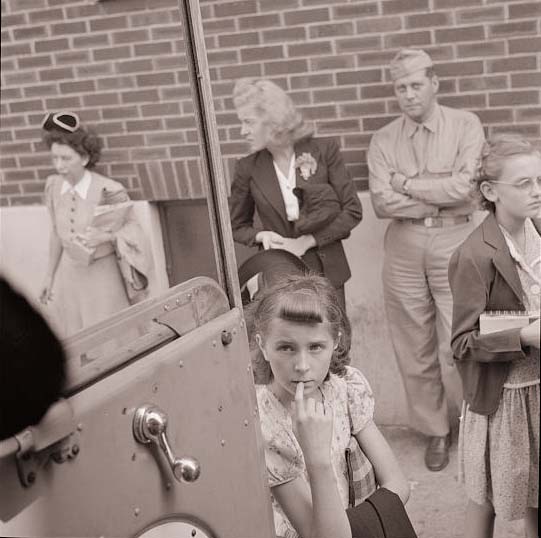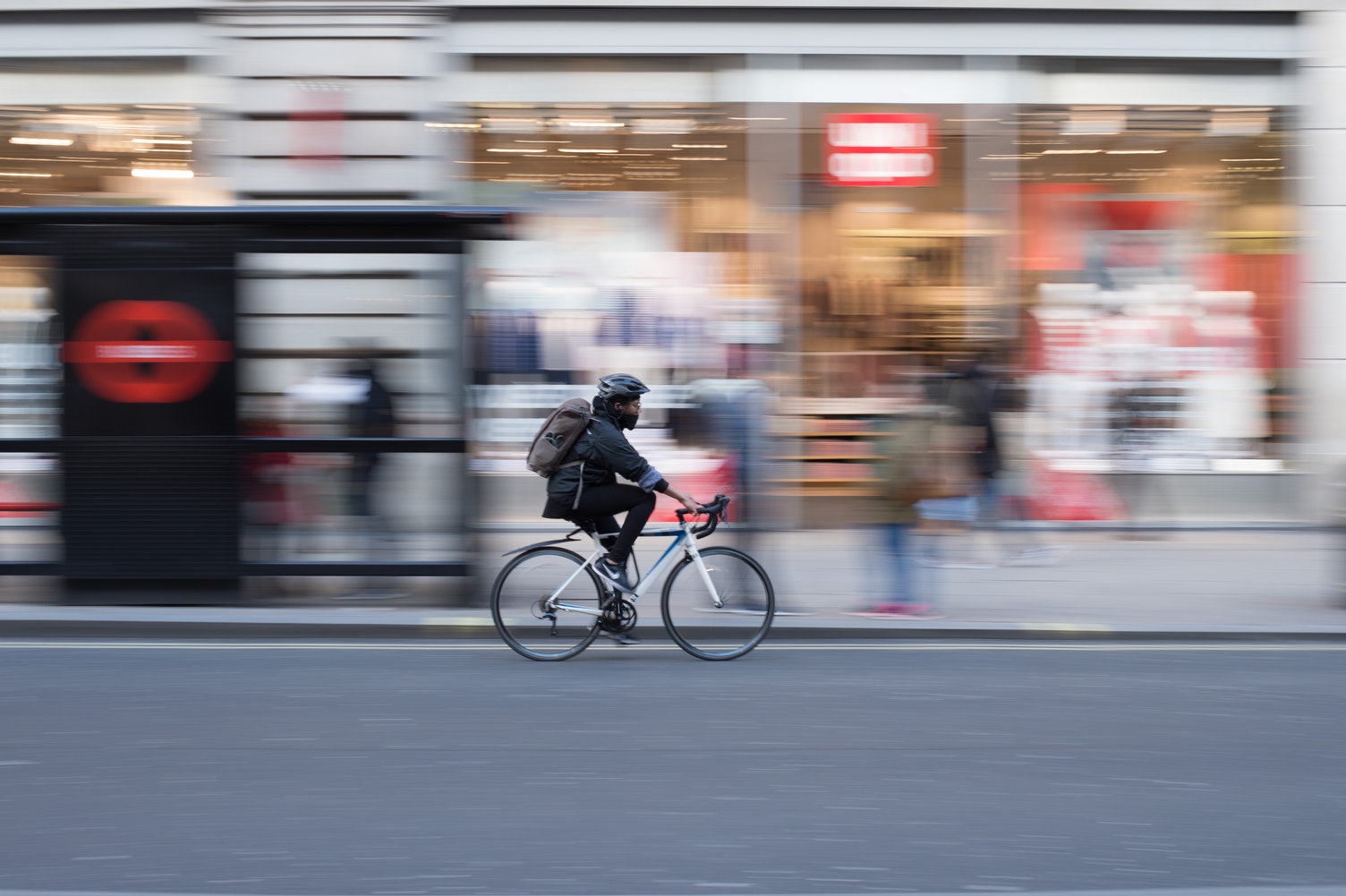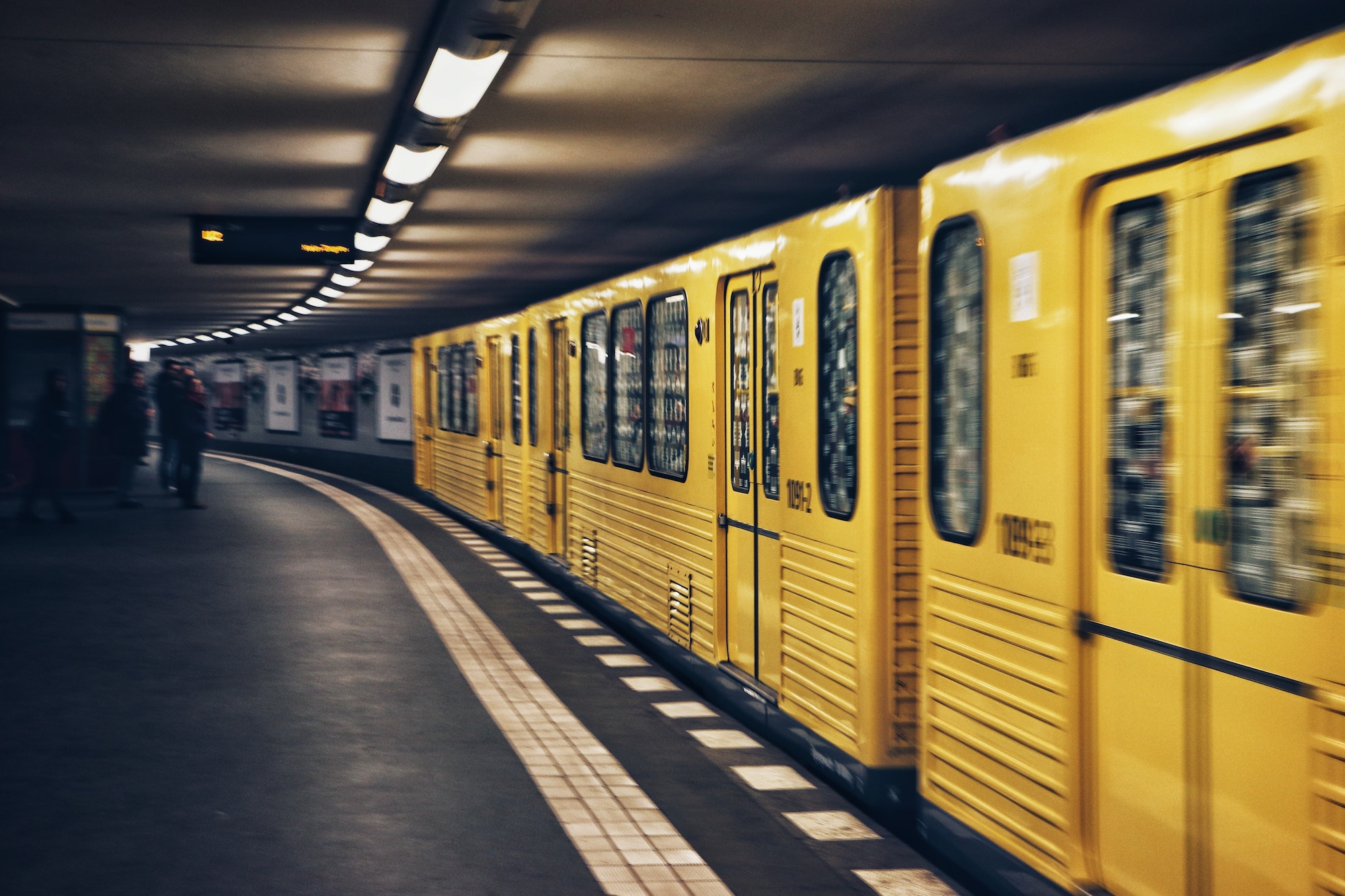Okay, the title of this article is a bit tongue-in-cheek, but travel does involve considerable costs. The average household spends about $8,500 per year on transportation, making it one of our biggest expenditures. Time is another cost of travel, because the roughly hour and ten minutes American adults spend traveling each day might be better spent on things like work, family, and even sleep. Travel can also be tiring, stressful, dangerous, and more.
So why do we travel so much? Transportation academics have made the obvious assumption that we travel to reach destinations. They view travel as a “derived demand;” we don’t do it for the love of travel itself, but because of the benefits we reap at our destinations. Thus, it is commonly assumed that individuals minimize their travel, so long as they get to the places they need to go.
But is traveling really so bad? Some researchers have concluded that travel might have benefits excluding the obvious one of getting you to places. At least in some ways, travel can be fun. Travel can involve adventure and novelty; it can give your life a refreshing breath of air. Travel may give us a satisfying sense of autonomy and the enjoyable feeling of mastering our surroundings, and can even promote feelings of social status. Operating a vehicle can make us feel like we are in control and accomplishing a challenging task. It can be a thrill to move at high speeds. Looking at the passing scenery can be aesthetically enjoyable. Many people report that travel is a valued “down time” when they are free from the stresses of work, school, and family life. We can also multitask and do enjoyable things when we travel, like listening to music and talking on the phone.
Many people report that travel is a valued “down time” when they are free from the stresses of work, school, and family life.
From our partners:
And there are many forms of travel that people devote lots of time and money to do purely for fun — from skiing to riding roller coasters to sailing, hiking, and biking. Surely traveling to the grocery store isn’t as fun as kayaking down rapids, but maybe there are at least some aspects of recreational travel that we also experience during more mundane, day-to-day trips.
Surveys confirm that travel might not be all bad. Thirty-two percent of respondents in one survey reported they enjoy travel (Ory and Mokhtarian), with only 13 percent saying they dislike it (the rest were neutral). Nearly 70 percent disagreed with the statement that “the only good thing about traveling is arriving at your destination.” Only 20 percent disagreed with the statement that “getting there is half the fun.”
The same survey found that trip purpose matters. Trips to pleasant destinations such as entertainment, social activities, and recreation seem more pleasant than trips to mundane places like work or school.
Mode of Travel
The mode of travel is also important. Two-thirds of respondents said they enjoy biking and walking, and most people said they wished they traveled more by these modes. Auto travel is also generally well-regarded, with 58 percent liking it and less than 12 percent disliking it. Transit, however, fared less well. Only 31 percent said they liked train/subway/light rail travel, with an almost equal number saying they dislike it. And only 8 percent expressed a positive opinion about taking the bus, with a whopping 63 percent responding negatively. Granted, this simple survey data doesn’t take personal characteristics into account or involve any math, but simple descriptive statistics can tell us a lot, particularly with results as striking as these.
To explore this further, Erick Guerra of the University of Pennsylvania and I examined people’s moods while they travel. We used data from the American Time Use Survey (ATUS), which studies what activities people do in a day, how long they do them for, whom they do them with, and where they do them. Travel is one such activity, which is further broken down by mode and trip purpose. Moreover, in 2011 the ATUS selected three activities per person and asked respondents about the intensity with which they felt certain emotions during them. The emotions the survey asked about were happiness, sadness, stress, fatigue, pain, and whether they found the activity meaningful.
We examined these emotions individually, and also used two different techniques to construct a composite “mood” variable to reflect people’s overall frame of mind. We had more than 13,000 people in our sample who reported on over 39,000 activities. The sample is representative of the entire US adult population.
We used two different modeling techniques. One was ordinary least squares (OLS) regression. Broadly, this tells us if travelers as a group are in a good mood compared to those doing other activities, while holding basic demographic characteristics constant. The other technique was fixed-effects panel regression. This takes advantage of the fact that we have three observations per individual, so for each person who traveled we can see how they were feeling while they were traveling compared with how they were feeling while doing two other things. This is very useful because some people tend to be in better moods in general than others, and a fixed-effects panel allowed us to control for innate mood as well as other individual traits.
The results indicated that the activities people do, like traveling, influence their mood to a perhaps-surprisingly small extent. Our OLS models, which contain all of the demographic variables typically found in social science models (like gender, age, race and income), as well as activity type, only explain about 14 percent of respondents’ moods. Other factors, like people’s basic tendency to feel a certain way, or things that could have affected them during their day, explained much more.
That said, we find that travel is not associated with complete misery. In fact, according to our results, it is a roughly “medium-mood” activity. Travel is associated with a less-positive mood than socializing, volunteering, eating and drinking, or participating in religious activities. But it is associated with more happiness than “poor-mood” activities such as work or household chores. So, there must be some benefits of travel that offset its admitted costs.
Our OLS model shows that travelers are in a somewhat better mood than people who aren’t traveling, but the panel model shows that people are in about the same mood when they are traveling as when they are participating in other activities. This suggests that intrinsically happier people are more likely to travel than others.
The fact that travel must, at least in some ways, be fun has some interesting implications. Perhaps getting to a destination is not the sole reason we undertake many trips. It may be that travel is motivated, at least in part, by a desire to travel for travel’s own sake. In some cases it may be possible that the out-of-home activity is motivated by the desire to travel rather than vice versa. Haven’t you found yourself on some Saturday nights deciding you wanted to go somewhere, and then figuring out where that somewhere will be?
Bicycling
The happiest mode of travel appears to be bicycling. Even after excluding those who bike purely for recreational purposes, bicyclists are in a significantly more positive mood than other travelers such as bus riders or walkers. Given that biking is healthy, eco-friendly, inexpensive, and enjoyable, it makes sense to consider measures like bike lanes to encourage bike riding.
Even after excluding those who bike purely for recreational purposes, bicyclists are in a significantly more positive mood than other travelers such as bus riders or walkers. Given that biking is healthy, eco-friendly, inexpensive, and enjoyable, it makes sense to consider measures like bike lanes to encourage bike riding.
Walking
Walkers, however, are not in a particularly good mood. (Again, we excluded people who walk for recreation or exercise.) We suspect our finding masks the fact that there are many types of walking trips, some more pleasant than others. For those who lack access to an automobile and walk from necessity, long distances, inclement weather, heavy burdens, or unsafe neighborhoods might make walking trips an unhappy experience. Those who do have choices, and walk only when they prefer it to other modes, may enjoy it more.
Transit
Broadly speaking, our findings suggest that transit is not a particularly happy travel mode. Train/subway/light rail travel fared the most poorly in our OLS models, and bus travel was associated with the worst mood in our panel regression. Why is this the case? Prior scholars and commonsense suggest two major sets of reasons.
First is the feeling that transit travel involves surrendering control. Not only is the rider at the mercy of the transit schedule, but the vehicle’s route might also be indirect and circuitous, and the stops might not be close to the traveler’s destination. Furthermore, the traveler has no control over whether the vehicle is on time or whether a seat will be available. Transit travelers have to cede some control over their personal space, and may not particularly like the people sitting or standing close to them.
The other major set of reasons might be grouped as “discomfort.” In addition to sometimes having to stand on a crowded vehicle, transit travelers might be exposed to bad weather walking to or waiting at stops. The climate control in the vehicle might not be satisfactory, or other passengers’ cell phone conversations might be a nuisance. Discomfort may be psychological as well. Transit travelers might be stressed about when their vehicle might arrive and whether they will get to their destination on time. Also, they might feel stigma and shame about taking modes that are generally associated with lower social status than traveling by private car.
All of this doesn’t necessarily mean we should give up on transit, which, in the right places and at the right times, has the potential to reduce auto congestion, help the environment, and allow the dense concentrations of people that make cities thrive. But these findings do help explain why few Americans choose to ride transit, and suggest that we may need to adopt new strategies to attract more riders.
Typically, we think about improving transit by adding service, building new infrastructure, increasing vehicle frequencies, and increasing travel speeds to make service more convenient and competitive with cars. Without a doubt, these are key pieces of the puzzle. But we also need to focus on what makes transit travel, at least for many people, not fun.
We also need to focus on what makes transit travel, at least for many people, not fun.
There are cost-effective measures that can address transit’s psychological burdens. Examples include electronic signage indicating arrival times, or mobile applications that show where the vehicles are and when they will arrive. In most cases, these aids will not change travel plans, or get people to destinations any faster, but at least they will reduce the stress and uncertainty of waiting for a vehicle.
Cars
Finally, we find that auto travel is associated with being in a relatively good mood; the American “love affair” with the car seems to be going strong. One noteworthy finding is that, when we control for the fact that car passengers are more likely to be interacting with another person and that such interactions are quite pleasant, car drivers and passengers are in roughly similar moods. This suggests that driving might not be the chore it is commonly assumed to be, and people might not be as happy to adopt autonomous vehicles as many enthusiasts believe.
Duration and Life Satisfaction
In other research, Eric Guerra and I examined the association between trip duration and mode. We reached the conclusion that longer trips are associated with a significantly worse mood than shorter trips, which might seem self-evident to anybody who has ever been stuck in traffic or taken a long road trip with antsy children in the back seat shouting “Are we there yet!?” Heightened fatigue, pain, and stress account for this drop in mood. These findings imply that efforts to fight congestion may have emotional merits. Another implication is that changing land uses to move origins and destinations closer together might have emotional benefits. Some, however, argue that such strategies might actually increase travel times, because even though distances may be shorter, higher densities might concentrate traffic and produce more congestion.
In other research, I have looked for associations between time spent traveling and life satisfaction. On the day of the study, those who traveled more reported being significantly more satisfied with their lives, if only modestly so. This holds true even when people spent the same amount of time at their destinations. This means if two people spend the same amount of time at destinations outside their homes, the one who spends more time getting to that destination is predicted to be somewhat happier. Given my finding that longer trips are associated with worse mood, this is somewhat counterintuitive. Perhaps spending more time traveling pays off because, despite the fact that long trips aren’t pleasurable, they get us to better activities.
Mode choice is also associated with life satisfaction. Bicycling is again the mode most strongly associated with happiness; each minute of biking is associated with 13 times more additional life satisfaction compared to the amount of additional life satisfaction associated with each minute spent in a car. In addition, time spent walking is strongly associated with life satisfaction. Interestingly, travel time is more strongly associated with life satisfaction in small cities rather than in very large cities, perhaps because the latter are more likely to feature heavy traffic congestion and/or greater distances between activity sites.
Conclusion
The problem is that I can only show associations between life satisfaction and travel; showing causation is a lot more complex. The link between travel and happiness almost certainly comes in part because travel enables us to reach destinations — life can’t possibly be good if a lack of transportation prevents us from working or getting to the grocery store. But the link may also come because travel itself is fun, or because people who are happier in the first place may be more likely to travel. My research suggests that all three of these explanations are true; future research should focus on untangling just how strong each of these effects might be.
It’s easy to get depressed about transportation given all of its social costs: congestion, pollution, crash injuries, and more. But we often forget about travel’s private benefits. It’s hard to explain why people are spending so much time and money on something if it’s not doing them a lot of good. No, travel isn’t so bad — though that’s no reason we should stop trying to make it better.
No, travel isn’t so bad — though that’s no reason we should stop trying to make it better.
This article is written by Eric A. Morris and originally appeared in Access Magazine.


















